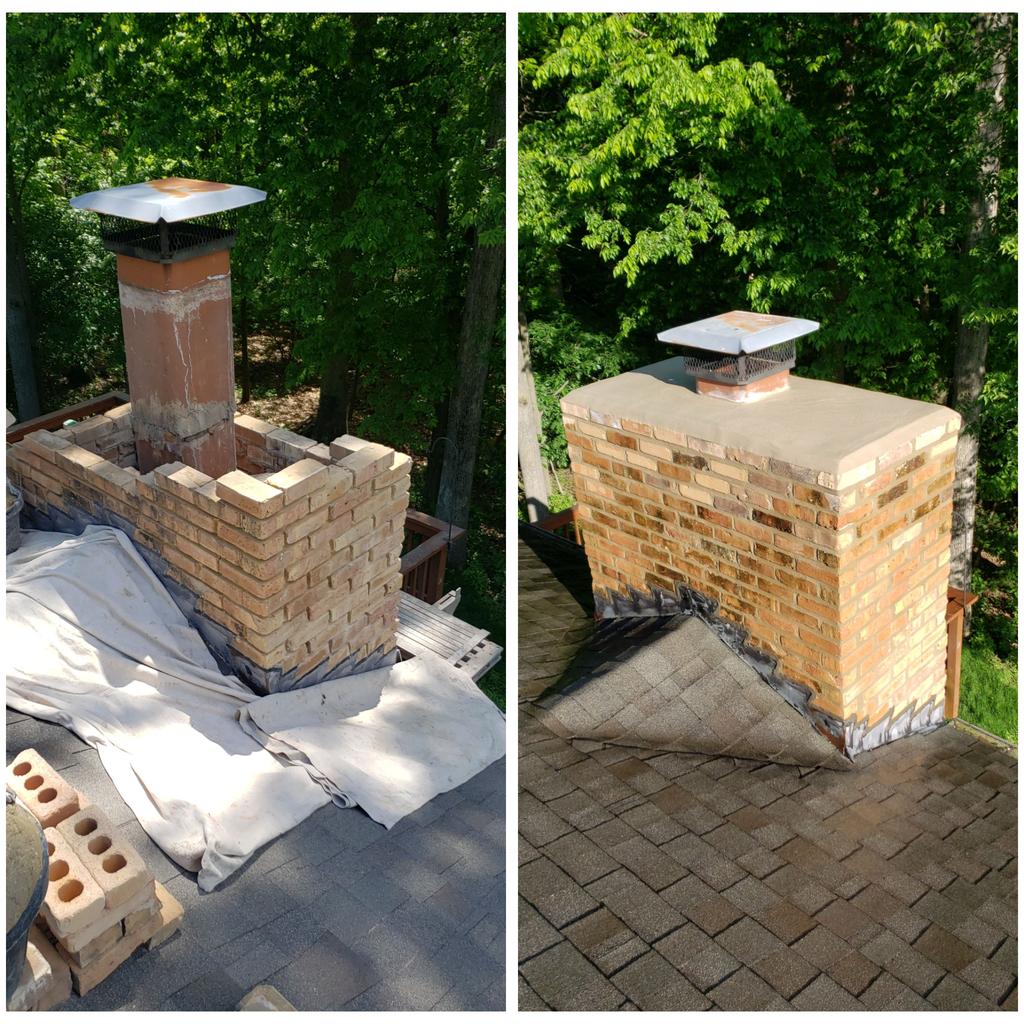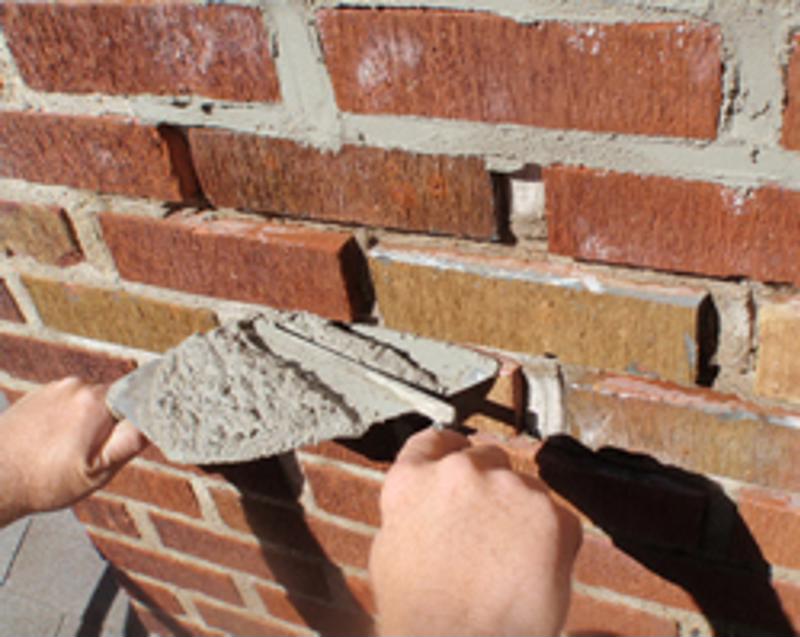Improve the Charm and Resilience of Your Brickwork With Tuckpointing
Brickwork has long been respected for its classic appeal and resilience. However, gradually, the mortar that holds those bricks together can degrade, leaving your structure susceptible to harm and diminishing its aesthetic appeal. Yet worry not, for there is a service that can bring back both the beauty and resilience of your brickwork: tuckpointing. This old-time method not only enhances the aesthetic allure of your brickwork, yet additionally enhances its structural honesty. What specifically is tuckpointing and just how does it differ from repointing? And how can you make certain that your tuckpointed brickwork continues to be in immaculate condition? In this conversation, we will discover the fundamentals of tuckpointing, its advantages, the distinction in between tuckpointing and repointing, the process itself, and the crucial practices for caring and preserving for tuckpointed brickwork.
The Basics of Tuckpointing
Tuckpointing is a proficient technique used to improve the appearance and fix and architectural stability of brickwork. It entails the procedure of removing scrubby mortar joints and replacing them with fresh mortar. The term "tuckpointing" refers to the technique of using two different colors of mortar to create the illusion of great joints, giving the brickwork a much more polished and aesthetically pleasing appearance.
The very first step in tuckpointing is to carefully analyze the condition of the brickwork. This involves inspecting the mortar joints for signs of damage, such as fracturing, falling apart, or missing out on mortar. As soon as the trouble areas have actually been recognized, the old mortar is carefully removed using specialized devices, such as a grinder or sculpt, while ensuring that the blocks themselves continue to be undamaged.
After the old mortar has actually been gotten rid of, the following action is to prepare the joints for fresh mortar. This normally involves cleaning any type of debris or loosened material and wetting the joints to ensure correct adhesion. A skilled tuckpointer utilizes a directing trowel to meticulously fill up the joints with fresh mortar, making certain to produce a flush and uniform surface.
Benefits of Tuckpointing
Improving both the durability and look of brickwork, tuckpointing deals several noteworthy advantages for homeowners and homeowner alike. One of the main benefits of tuckpointing is its capability to prolong the lifespan of brick structures. By replacing shabby mortar joints, tuckpointing protects against wetness from seeping right into the brickwork, which can bring about architectural damage in time. This helps to keep the stability of the brickwork and prolong its total durability.
One more benefit of tuckpointing is its capability to improve the visual appeal of brick frameworks. With time, mortar joints can come to be cracked, discolored, or stained, interfering with the total appearance of the brickwork. Tuckpointing includes very carefully removing the harmed mortar and changing it with fresh mortar of a different shade. This strategy permits for the creation of clean, crisp lines that provide the illusion of properly maintained brickwork. It can likewise be made use of to create ornamental patterns or layouts, further boosting the visual charm of the framework (Raul's Tuckpointing St. Louis MO).
Along with improving the durability and look of brickwork, tuckpointing can likewise enhance the worth of a property. Well-maintained brickwork is viewed as a desirable function by potential purchasers and can significantly improve the aesthetic appeal of a property. This can bring about a higher marketing rate and a quicker sale when the time involves place the property on the marketplace.
Tuckpointing Vs. Repointing: What's the Difference?

To compare tuckpointing and repointing, it is essential to recognize the essential differences between these two approaches of brickwork reconstruction. While both techniques Discover More Here intend to maintain the structural integrity and aesthetic appeal of brickwork, they vary in their strategy and implementation.
Tuckpointing is a thorough process that includes applying two different colors of mortar to produce the impression of great joints. This strategy is mostly made use of to improve the visual charm of brickwork by creating the look of well-maintained and well-crafted joints. The tinted mortar is thoroughly used and shaped to match the shade and profile of the initial mortar, offering the perception of accuracy and workmanship.
On the various other hand, repointing is an extra uncomplicated procedure that entails getting rid of worn-out or damaged mortar from the joints and changing it with fresh mortar. The main objective of repointing is to recover the structural integrity of the brickwork by making certain appropriate bonding and securing in between the bricks. Unlike tuckpointing, repointing does not include using colored mortar or the creation of an ornamental impact.
The Refine of Tuckpointing
The application of 2 various colors of mortar to create the impression of great joints is a thorough procedure referred to as tuckpointing. This technique entails getting rid of tatty mortar joints and changing them with brand-new mortar to boost the look and structural honesty of the brickwork. The process of tuckpointing can be split into view several steps.
First, the old mortar is carefully removed utilizing specialized devices such as blades and grinders. It is very important to remove the mortar to an enough deepness to make certain a solid bond with the new mortar.
Following, the joints are extensively cleaned to remove any type of debris or dirt. This assists to create a tidy surface area for the new mortar to stick to.
Once the joints are cleansed, a thin layer of brand-new mortar is applied to the joint making use of a small aiming trowel. This first layer, referred to as the "punctuating" mortar, is usually the exact same color as the existing mortar.
After the initial layer has been used, a second layer of mortar is applied in addition to it. This 2nd layer, called the "fillet" mortar, is a different shade and is carefully shaped to create the illusion of a fine joint.

Preserving and Caring for Tuckpointed Brickwork
When the tuckpointing process is finished, proper upkeep and care are necessary to preserve the boosted beauty and resilience of the brickwork. This maintenance not just makes sure that the tuckpointed locations stay undamaged and functional however also helps to prevent any type of potential damage to the total structure.
Among the essential facets of keeping tuckpointed brickwork is routine cleansing. This involves eliminating any type of dirt, particles, or moss that may accumulate externally of the bricks. A soft brush or a low-pressure power washer can be made use of for this function. It is important to avoid making use of any kind of severe chemicals or abrasive tools that could possibly damage the mortar or the bricks themselves.
In enhancement to cleaning, it is essential to evaluate the tuckpointed locations regularly. This enables the very early discovery of any indicators of degeneration or damages. Any type of fractures, loose mortar, or signs of water damages should be dealt with immediately to stop further deterioration.
Furthermore, making certain correct water drainage around the brickwork is vital. Water pooling or improper drain can lead to moisture infiltration, which can damage read this post here the mortar and trigger structural damages. Cleaning rain gutters and downspouts regularly and making sure that they are effectively routed away from the brickwork can aid prevent these problems.
Lastly, it is recommended to seek advice from a specialist tuckpointing contractor for routine upkeep and fixings. Their know-how and experience can make certain that any necessary repair work are done properly, maintaining the honesty and longevity of the tuckpointed brickwork.
Final Thought
Finally, tuckpointing is a beneficial method for enhancing the beauty and resilience of brickwork. It offers various advantages, such as boosting the architectural integrity of the stonework and stopping moisture infiltration. Tuckpointing includes the elimination and substitute of tatty mortar, causing a consistent and clean look. By properly caring and maintaining for tuckpointed brickwork, property owners can guarantee its longevity and remain to appreciate its visual charm.
It entails the procedure of removing deteriorated mortar joints and changing them with fresh mortar. Raul's Tuckpointing St. Louis MO.After the old mortar has been gotten rid of, the following action is to prepare the joints for fresh mortar. Tuckpointing involves thoroughly removing the harmed mortar and changing it with fresh mortar of a different color. The colored mortar is meticulously applied and shaped to match the shade and account of the original mortar, giving the impression of accuracy and craftsmanship
